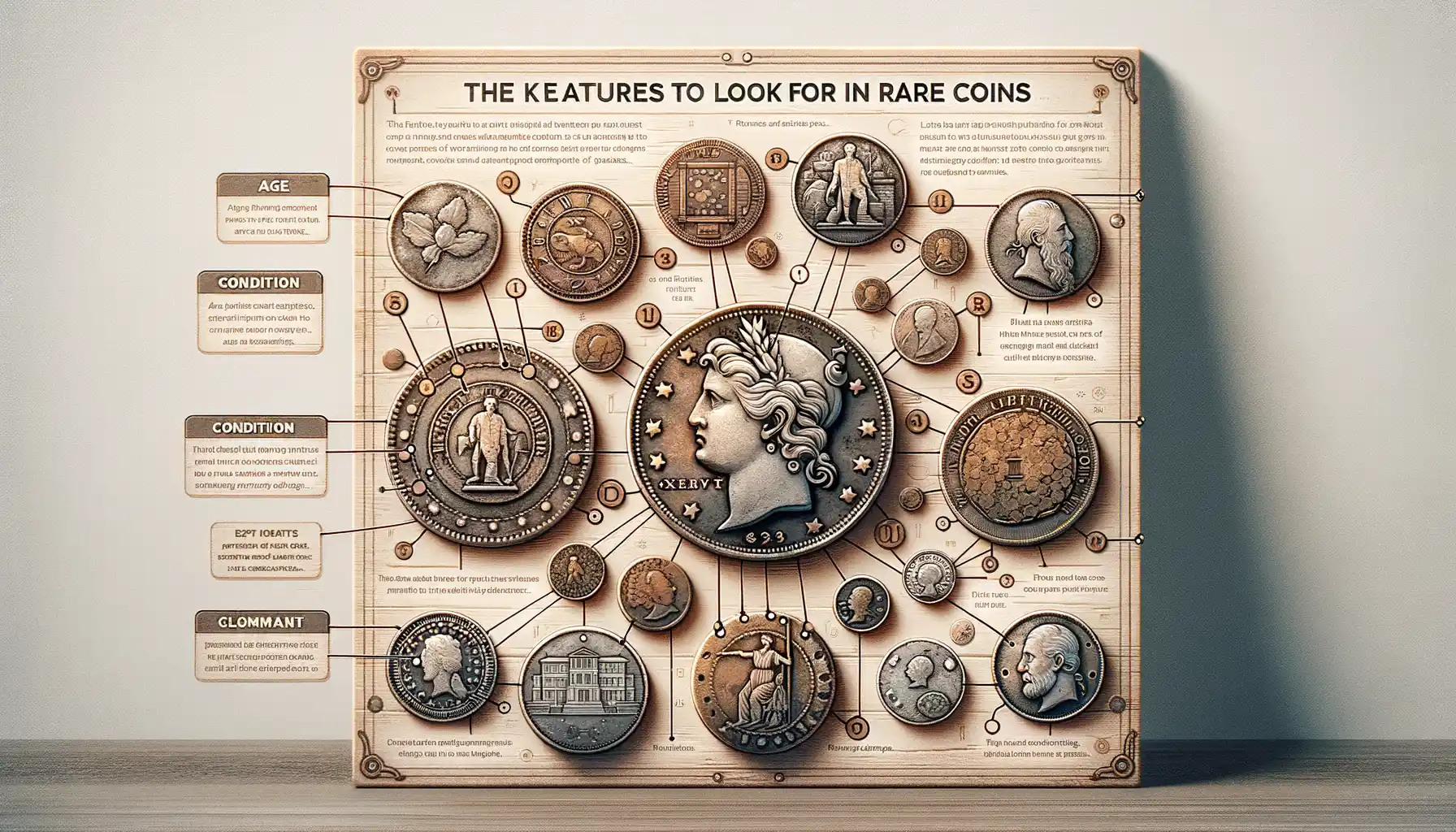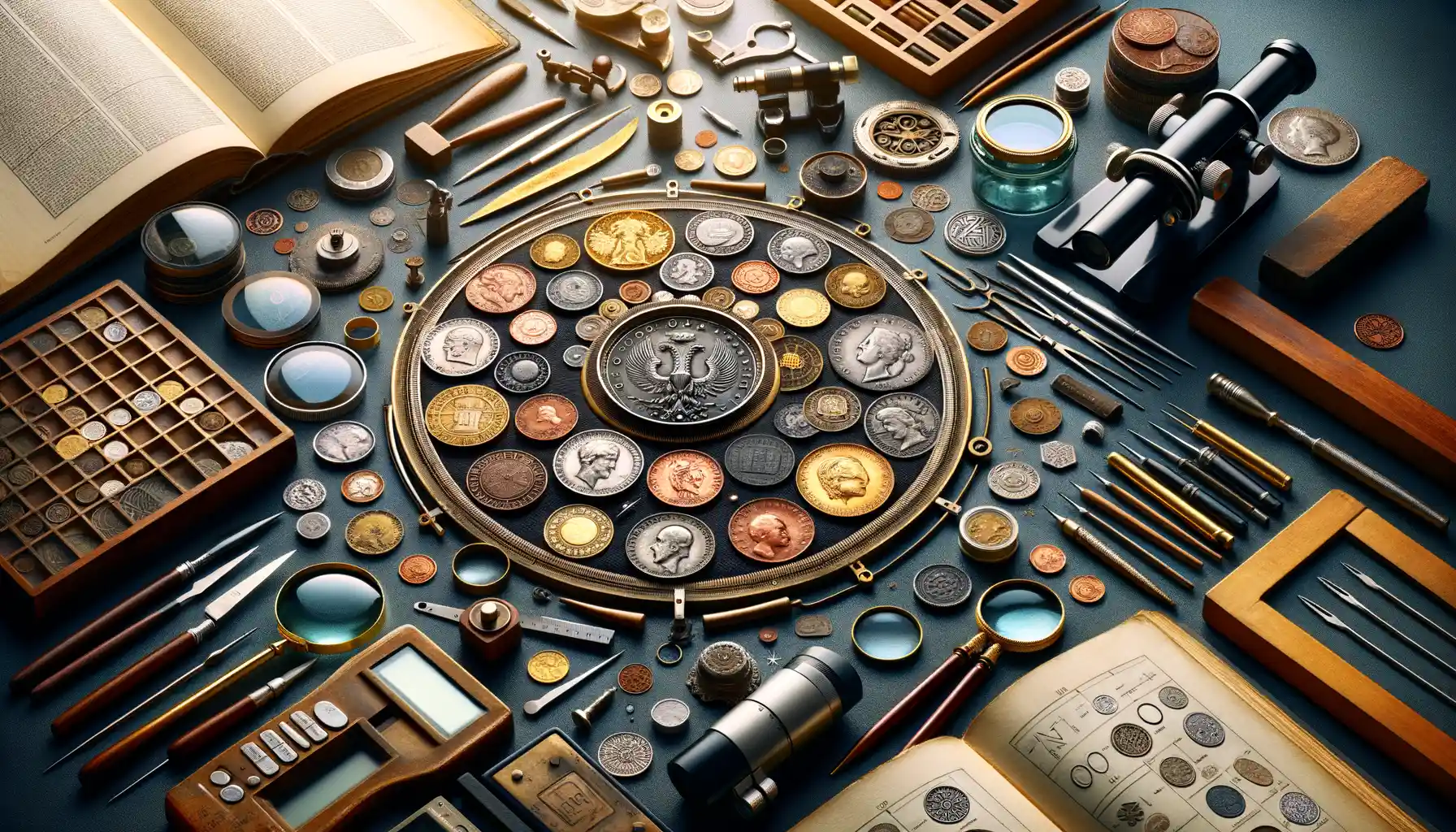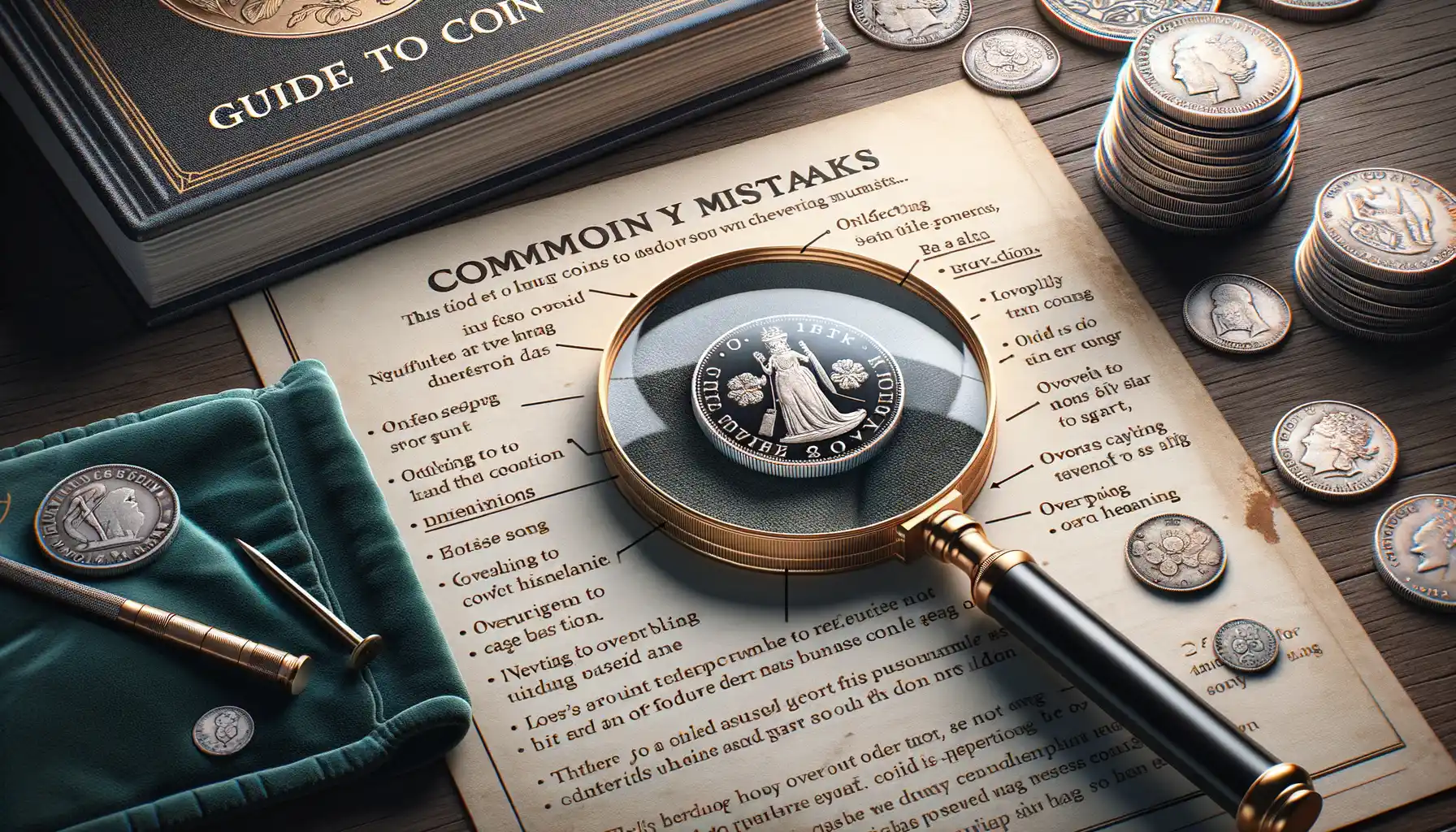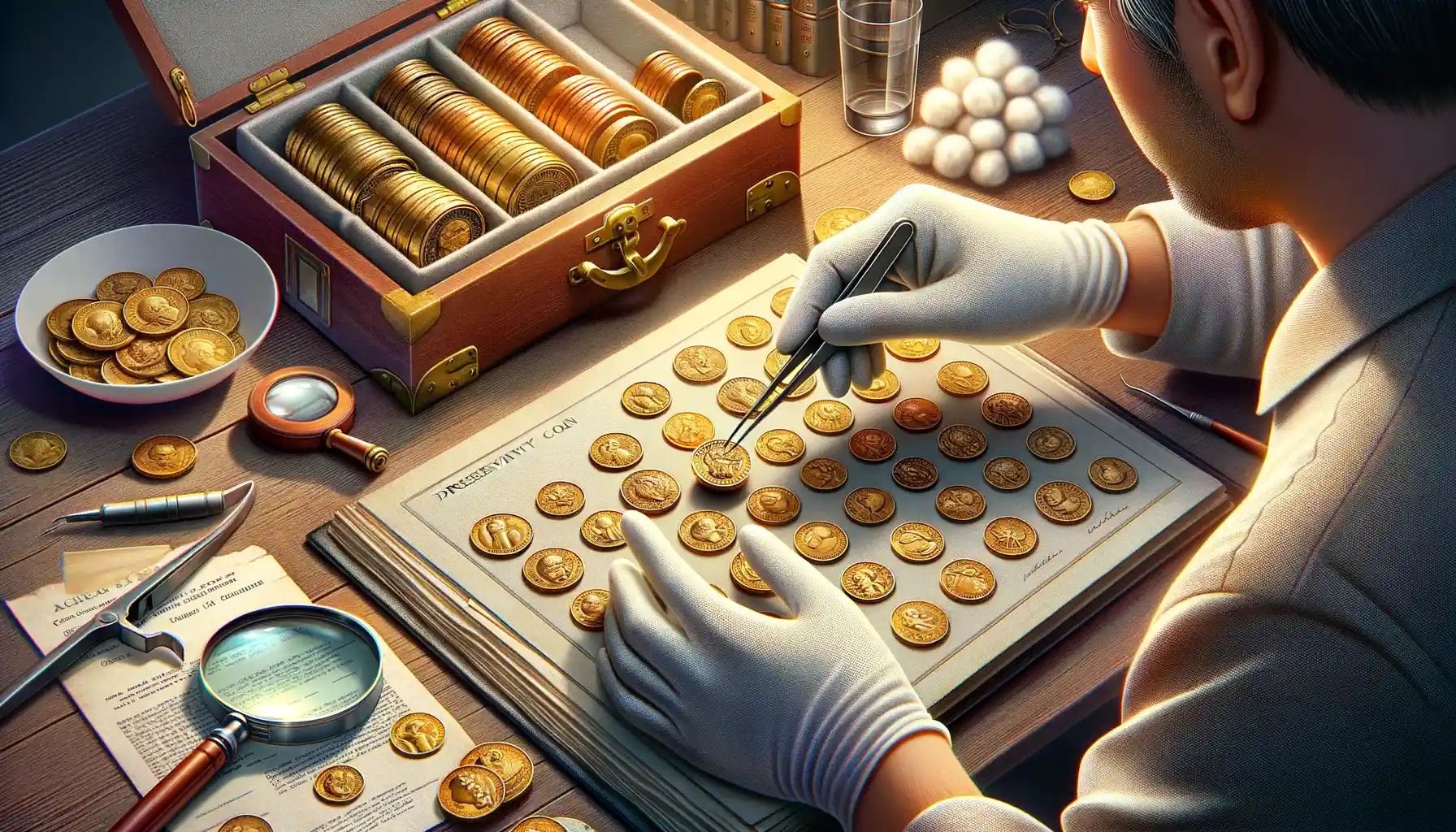Understanding Coin Rarity and Value
What Makes a Coin Truly Special?
Not all coins are created equal—and that’s where the magic lies. The rarest coins hold stories, secrets, and sometimes, jaw-dropping value. But what makes a coin stand out? It’s not always about age or shiny perfection. Instead, it’s a mix of fascinating factors like low mintage numbers, quirks in their design, or even how far they’ve traveled through time.
Take, for example, the legendary 1943 copper penny. Most 1943 pennies were struck in steel due to wartime metal shortages, but a handful were accidentally made in copper—creating an error that sent collectors scrambling decades later. That one “oops” turned it into a treasure worth thousands.
The Role of Demand in Coin Value
Even the rarest coin isn’t worth much if there’s no one eager to own it. It’s a bit like love—it’s all about finding that match. Imagine a vibrant auction room buzzing with excitement over a coin once found in the pocket of an ancient emperor. That kind of desirability drives up value astronomically.
Collectors are drawn to coins that evoke emotion, history, and uniqueness. So when evaluating your collection, think like a treasure hunter: What makes this coin irresistible to someone else? Sometimes, its value is hidden in the story it tells.
Key Features to Look for in Rare Coins

Spotting the Details That Tell a Story
Rare coins are like whispers from history, each scratch and glint telling a tale. To uncover these treasures, you’ll want to train your eye for certain key details. First, look at the mint mark. That tiny letter or symbol can be the difference between a common coin and one worth thousands. For instance, a 1916 Mercury dime with a “D” mint mark? Jackpot. Without it? Just pocket change.
Next, study the coin’s date. Some years hold hidden surprises, like rare errors or smaller production runs. A 1943 copper penny is a legend in its own right—a fluke during WWII when pennies were meant to be steel. Odds are slim, but wouldn’t it be magic to find one in your collection?
- Errors: Misprinted designs, off-center strikes, or doubled dies make coins infinitely more valuable.
- Condition: Even the rarest coin can lose value if it’s too worn. Look for sharp, clean details!
Keep a magnifying glass handy; every scuff, shine, and imperfection might hide history waiting to be rediscovered.
Tools and Resources for Identifying Rare Coins

Must-Have Tools for Coin Enthusiasts
If you’re diving into the captivating world of rare coins, arming yourself with the right tools can feel like stepping into a secret treasure hunt fully prepared. Imagine Sherlock without his magnifying glass—it just wouldn’t work! Here’s what you’ll need to identify the gems in your collection:
- High-quality magnifying glass or loupe: This is the bread and butter of every coin collector. A 10x triplet loupe gives you the clarity to spot the tiniest details that could mean the difference between ordinary and extraordinary.
- Coin reference books or catalogs: Think of these as your treasure maps. Publications like the “Red Book” offer comprehensive details on mint marks, coin designs, and historical tidbits.
- Digital scale: Weight can be revealing—a rare coin’s authenticity often lies in precise measurements.
- Soft gloves: Never underestimate the importance of handling your finds carefully. A small scratch could cost you big bucks!
Online Resources That Feel Like a Treasure Trove
The digital age has showered us with hidden helper tools. Websites like PCGS CoinFacts or Numista offer databases jam-packed with photos, rarity scores, and even estimated values. Want an expert opinion on your newly found specimen? Engage with lively forums such as CoinTalk or join Facebook groups buzzing with seasoned collectors eager to share their wisdom.
Equip yourself well, and who knows—you might just stumble upon a coin that makes your heart race like discovering buried treasure!
Common Mistakes to Avoid When Evaluating Coins

Overlooking the Importance of Mint Marks and Dates
When evaluating coins, it’s surprisingly easy to skip past small but crucial details—like the tiny mint mark on the coin or an unassuming date. Yet, these can make or break a coin’s value! A 1909 penny, for example, might seem ordinary, but add a small “S” mint mark, and it transforms into a highly sought-after treasure. Always double-check these features with sharp eyes (or even a magnifying glass). Missing this step is like walking past buried treasure without knowing it’s there!
Falling for Cosmetic Traps
A shiny coin isn’t always a rare coin, and this is where many collectors stumble. Cleaning a coin, polishing it, or falling for one that gleams unnaturally often diminishes its real worth. Coins that look aged with natural patina often hold greater value than their overly polished counterparts.
Here are critical missteps to dodge:
- Ignoring wear patterns: Authentic circulation marks tell a coin’s story; don’t dismiss them as flaws.
- Using poor lighting: You won’t catch subtle details under dim conditions—natural light or expert lamps make a world of difference.
Respect each coin’s quirks and let them tell you their unique history instead of trying to “perfect” them.
Steps to Preserve and Protect Your Rare Coins

Handle with Care: Protecting Your Coins from Harm
Imagine holding a piece of history in your hands—your rare coin tells stories of empires, revolutions, and cultures long gone. But these treasures are delicate, and improper handling can turn a gem into a tragedy! Always hold your coins by the edges; fingerprints may seem harmless, but the oils on your skin are a silent enemy to metals. Better yet, use soft gloves (cotton or nitrile) to keep your coins pristine.
Storage is equally vital. Skip the overflowing drawer or dusty shoebox—coins deserve better! Consider using acid-free holders or coin flips made of Mylar. Avoid PVC-based materials like the plague as they release chemicals that can ruin surfaces over time. And never, ever store them in a humid attic or damp basement; moisture is a silent thief that paves the way for corrosion.
Long-Term Preservation: Your Coins’ Future Depends on It
To safeguard your collection for years to come, invest in these best practices:
- Climate control: Keep your coins in a cool, dry place. Ideal humidity levels? Below 50%.
- Safe containment: Store them in a secure, locked container with proper cushioning to avoid accidental scratches during movement.
- Periodic checks: Inspect coins regularly, looking for signs of toning or damage—early intervention saves value.
Remember, these coins might outlive you, so treat them like heirlooms that will one day pass into new, appreciative hands!
